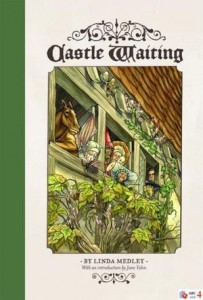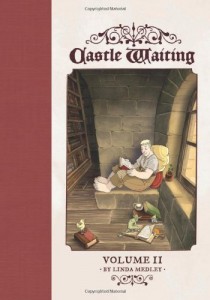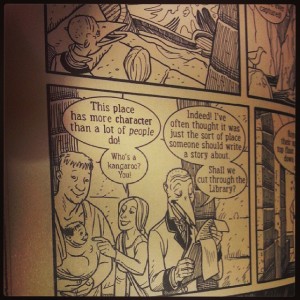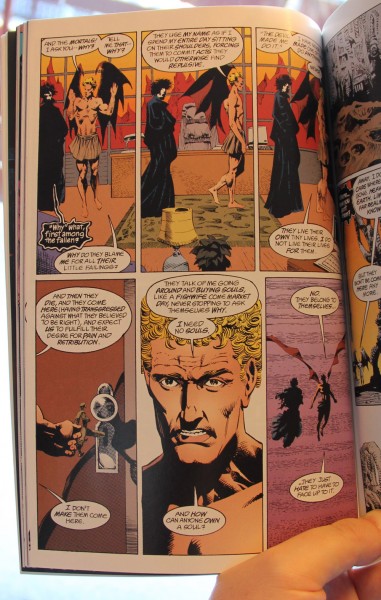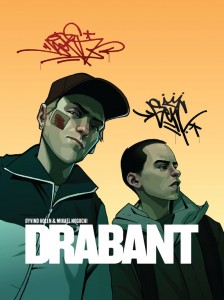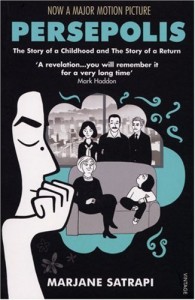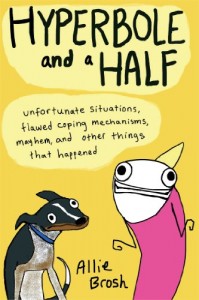 Hyperbole and a Half is a book in the category: «I have to own this NOW». When Allie Brosh announced on the eponymous blog that one could buy it signed (or preorder, rather) I realised I HAD to have it signed. I therefore preordered from Powells in Portland, Oregon. An utterly wonderful bookshop, by the way, if you’re ever in the neighbourhood. In this case it was the only option for preordering signed copies willing to send the book to Norway. For a price, of course. Not an exorbitant amount, but I estimate I spent at least twice what I would have had to for an unsigned copy. Well, these things are what they are.
Hyperbole and a Half is a book in the category: «I have to own this NOW». When Allie Brosh announced on the eponymous blog that one could buy it signed (or preorder, rather) I realised I HAD to have it signed. I therefore preordered from Powells in Portland, Oregon. An utterly wonderful bookshop, by the way, if you’re ever in the neighbourhood. In this case it was the only option for preordering signed copies willing to send the book to Norway. For a price, of course. Not an exorbitant amount, but I estimate I spent at least twice what I would have had to for an unsigned copy. Well, these things are what they are.
I can no longer remember when I discovered Hyperbole and a Half (the blog, that is). This is partly because on discovery I immediately went back and read the whole of it from the start. It was, however, quite definitely before the famous This Is Why I’ll Never Be an Adult, which contains the image you’ve most likely seen even if you’ve never read the blog, since it has evolved into a meme over the past couple of years.

In any case: The book contain 16 stories, most will be recognisable if you’ve read the blog, but there are additional drawings and various edits, and I, for one, am happy to have these in book form in any case. How the selection has been made, I don’t know, but as long as a selection has been made people are bound to miss a favourite that was not selected. This is the way of the world. However, since the book contains the very excellent «Depression» (in two parts), I am happy. It’s the sort of thing that should be mandatory reading.
I had so very few feelings, and everyone else had so many, and it felt like they were having all of them in front of me at once. I didn’t really know what to do, so I agreed to see a doctor so that everyone would stop having all of their feelings at me.
Brosh excels both at the drawings, which are deceptively simple, and at the storytelling, where she twists the language to express things in surprising, but perfect ways.
Other favourites in the book are «The Simple Dog» – where Allie tries to assess the intelligence of her dog and hilarity ensues, for the reader, anyway – and «Lost in the Woods» – which is insanely funny to read, but was probably quite terrifying to live through.
In short: Read it! Also buy it! And really, it would be a perfect Christmas gift, so you might as well buy a few copies while you’re at it.
Here, in conclusion, is a snap of my signed copy:
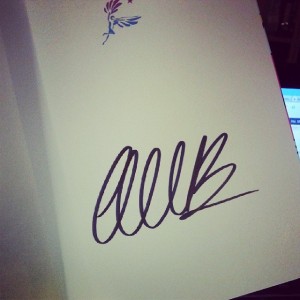
Julies bokbabbel har også lest boka.
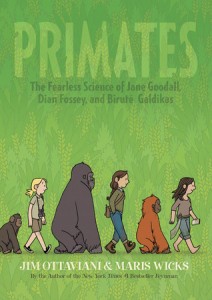 Primates: The Fearless Science of Jane Goodall, Dian Fossey, and Biruté Galdikas written by Jim Ottaviani and illustrated by Maris Wicks is a book I think I will get hold of a copy of to make sure it’s available for the kids.
Primates: The Fearless Science of Jane Goodall, Dian Fossey, and Biruté Galdikas written by Jim Ottaviani and illustrated by Maris Wicks is a book I think I will get hold of a copy of to make sure it’s available for the kids.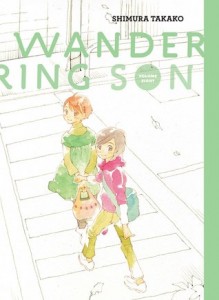 I picked up Vol 1 of Wandering Son by
I picked up Vol 1 of Wandering Son by 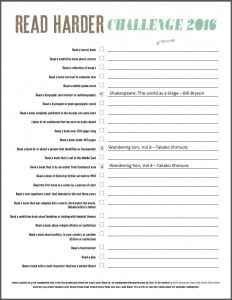
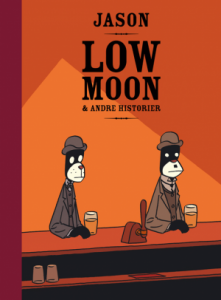
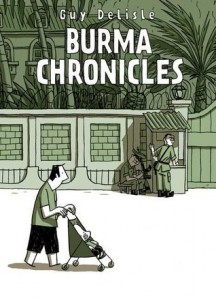
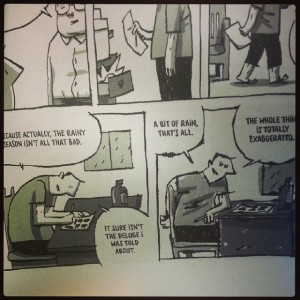

 Hyperbole and a Half is a book in the category: «I have to own this NOW». When Allie Brosh announced on the
Hyperbole and a Half is a book in the category: «I have to own this NOW». When Allie Brosh announced on the 

